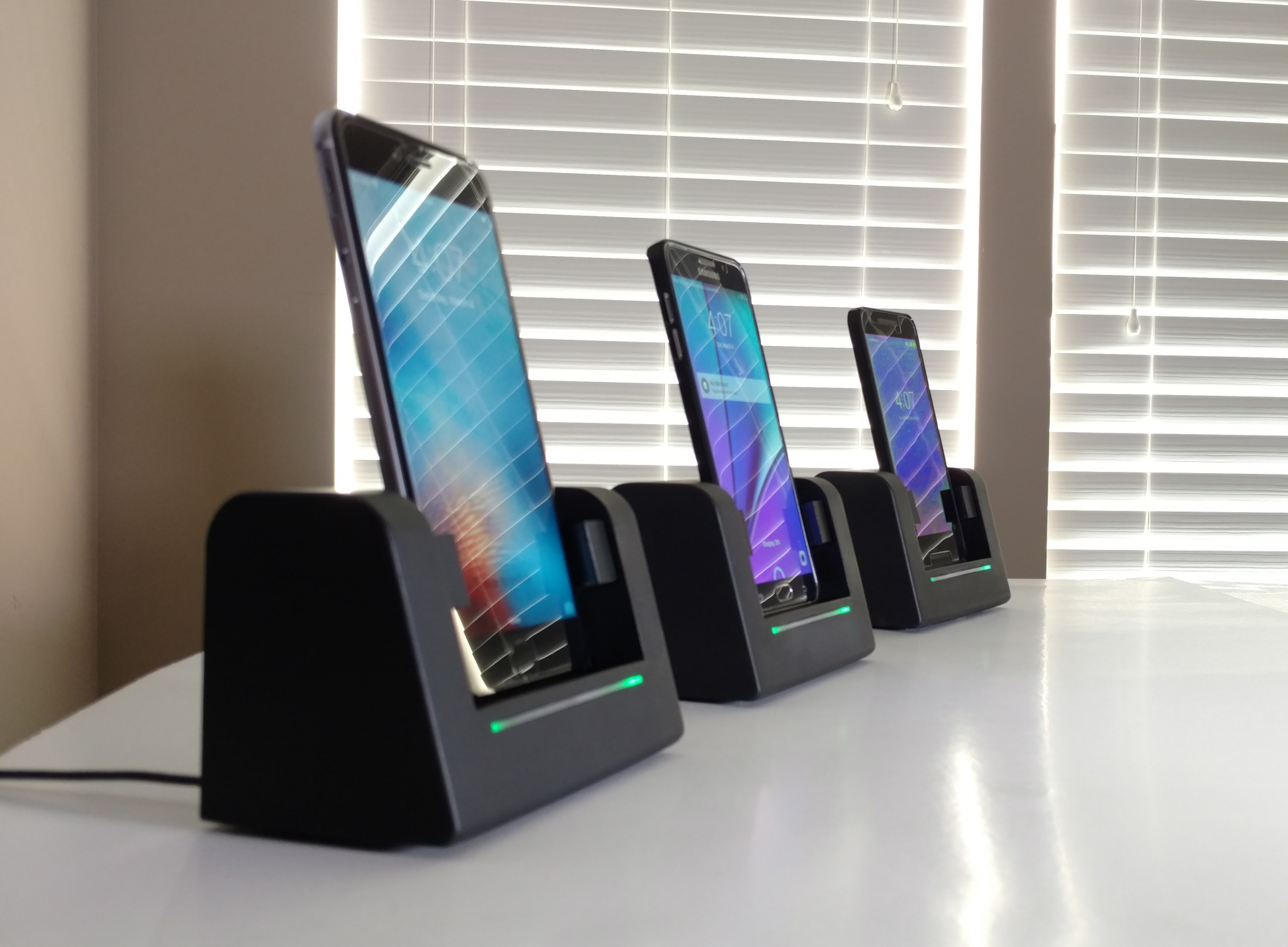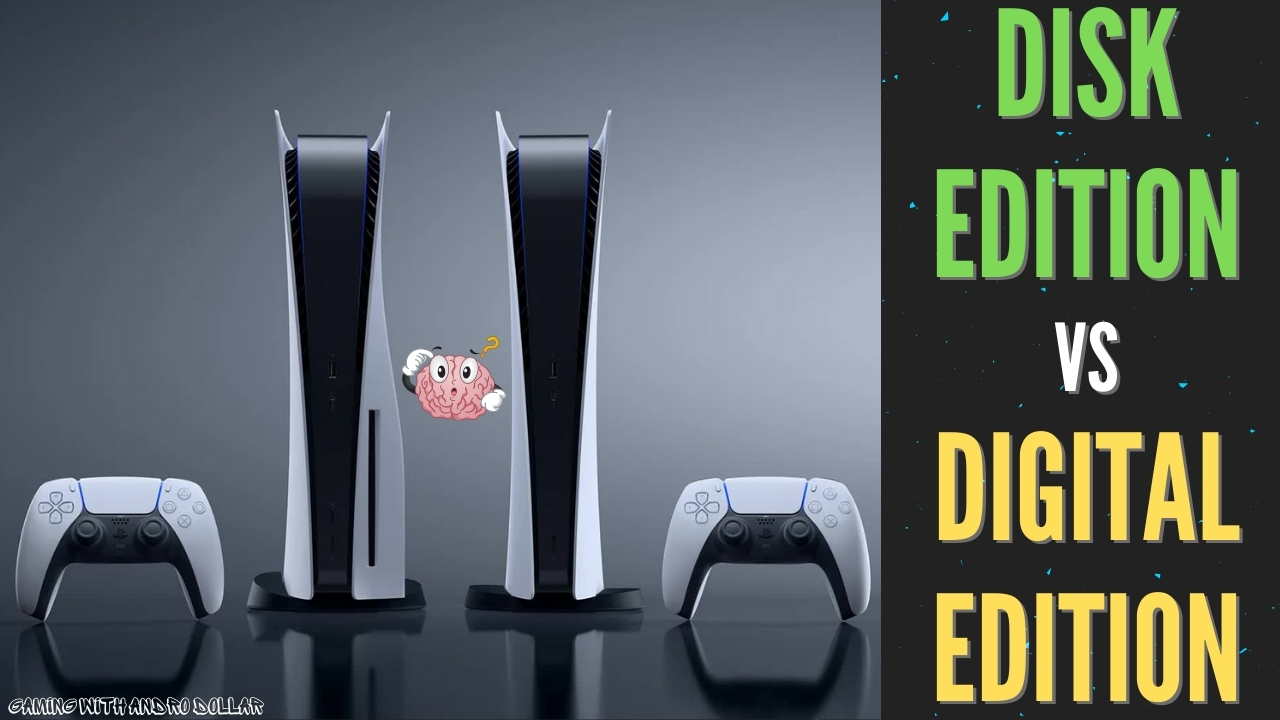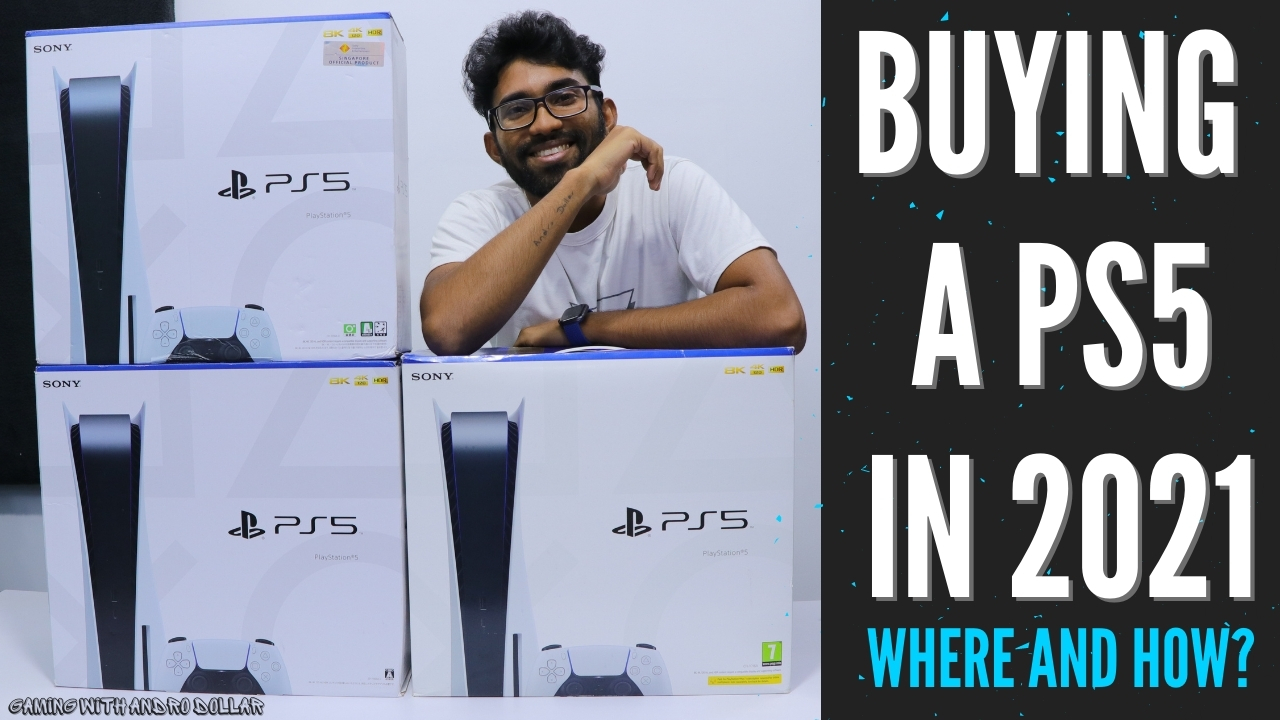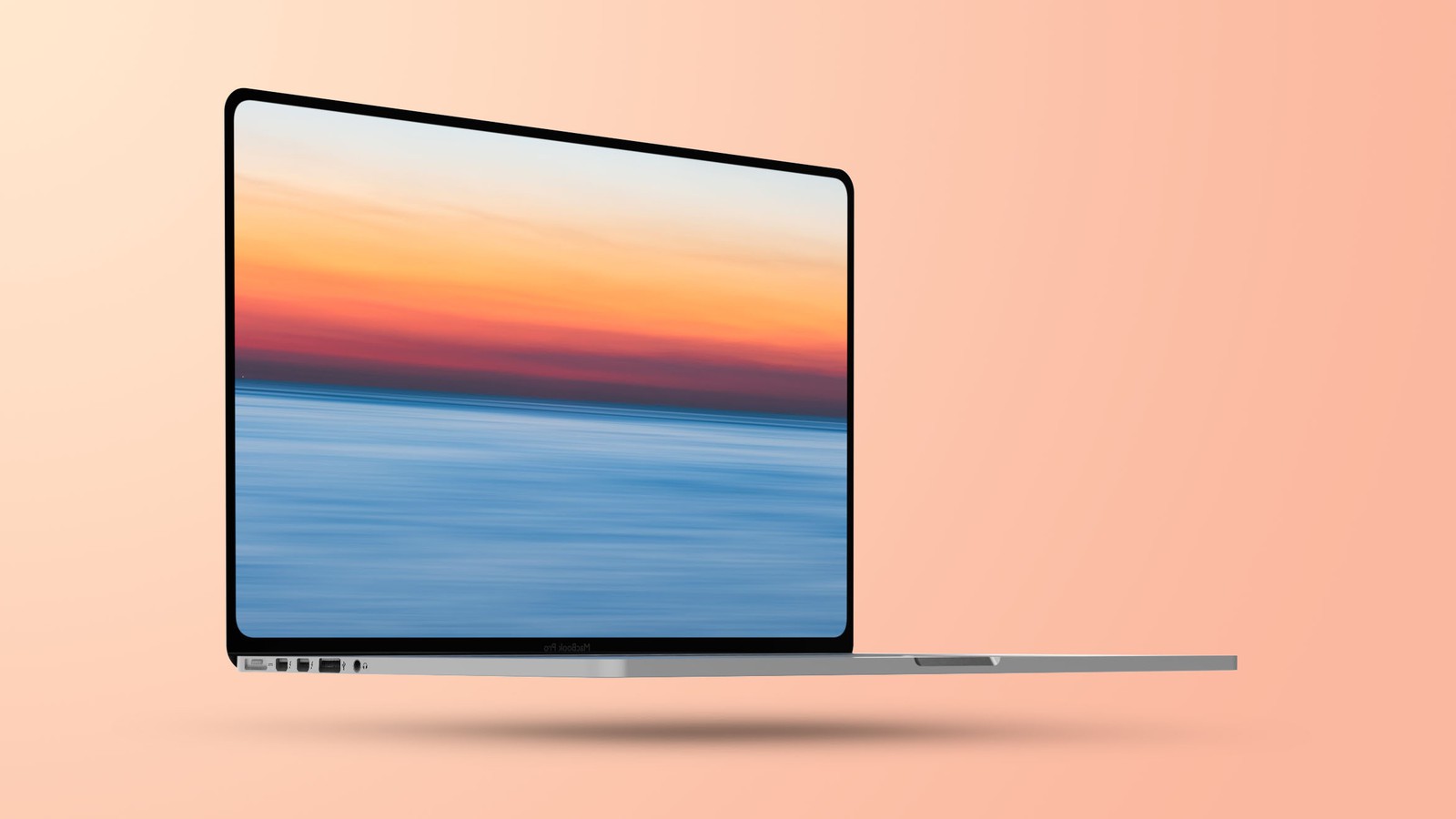Last year in March, Google surprised us all and unveiled the Android N Developer Preview which later became Android 7.0 Nougat. Almost exactly a year after the Android N Developer Preview launched, Google is unleashing a developer preview of the next major version of Android, “Android O”. It’s time to start guessing Desert names again.
It isn’t yet available for regular users to try out. Although developers can begin testing it right away, it’s best for most people to let things stabilize a bit more before they try it out. Developers can download it today. This first developer preview is apparently not going to be super stable as expected. Google’s blog post notes that,
“it’s early days, there are more features coming, and there’s still plenty of stabilization and performance work ahead of us. But it’s booting :)”
Due to the early status, this first version of Android O won’t be rolling out to the Android Beta program, which offers handy in-place OTA upgrades. Instead Google will be kicking it old school with images for the Nexus 5X, 6P, Player, and the Pixel, Pixel XL, and Pixel C. There’s an Android Wear 2.0 version of Android O, but it’s only available via the emulator. There’s also a new version of the SDK, Android Studio 2.4, for developers interested in trying out the new APIs.
What exactly is new in Android O? Let me tell you.
Notification channels
Notifications are getting a boost in Android O too. This time around developers will be able to define categories for notification content, so that users will have fine-grained control over the different kinds of notifications that each app can show. Each channel will be blockable individually, so you’ll have more options than just blocking all of the notifications from a particular app. Also in Android O, Google has added new grouping and visuals to notifications, making it easier to see what’s going on in the notification shade at a glance.
Picture-in-Picture mode
First seen on Android TV, Picture-in-Picture (PiP) mode is now a thing on phones and tablets too. So you’ll be able to watch videos while doing other stuff – think about what already happens in the YouTube app when you hit Back after you start playing a video. So that, but OS-wide. The PiP windows will have support for playback controls too. Multi-display support is coming to Android as well, though the use cases for this are probably tied to Chromebooks running Android apps.
Other changes
There will be new automatic limits imposed onto apps, and specifically what they can do in the background. These should result in improved performance and battery life, while also making it easier for developers to create apps that work well and don’t destroy your battery. Background limits represent a significant change in how Android works, however these will only come into effect for apps that target Android O.
O will have a system-wide Autofill API so apps such as password managers will be able to register as autofill providers and offer to be your default autofill solution.
Android O also gets font resources in XML, support for adaptive app icons, wide-gamut color for apps (think AdobeRGB, Pro Photo RGB, DCI-P3), LDAC, Wi-Fi Aware (for nearby devices to communicate via Wi-Fi without an internet access point), as well as the Telecom framework – which lets third party calling apps integrate with the system. This means your car head unit’s call and reject buttons will work with third-party apps (think VoIP) too.
Navigating via keyboard will be revamped for Chrome OS devices, and a new API will be out for apps that need high-performance low-latency audio. The Android Runtime should be faster than ever before, with improvements of up to 2x.
The final release of Android O is planned to hit in Q3 of this year. Until then, according to Google, there will be three more Developer Preview (DP) builds. DP2 will come in late May, DP3 with the final APIs in late June, and DP4 should land in late July. Starting with DP2 you’ll be able to try Android O by using the Android Beta Program too.
Source – Google










